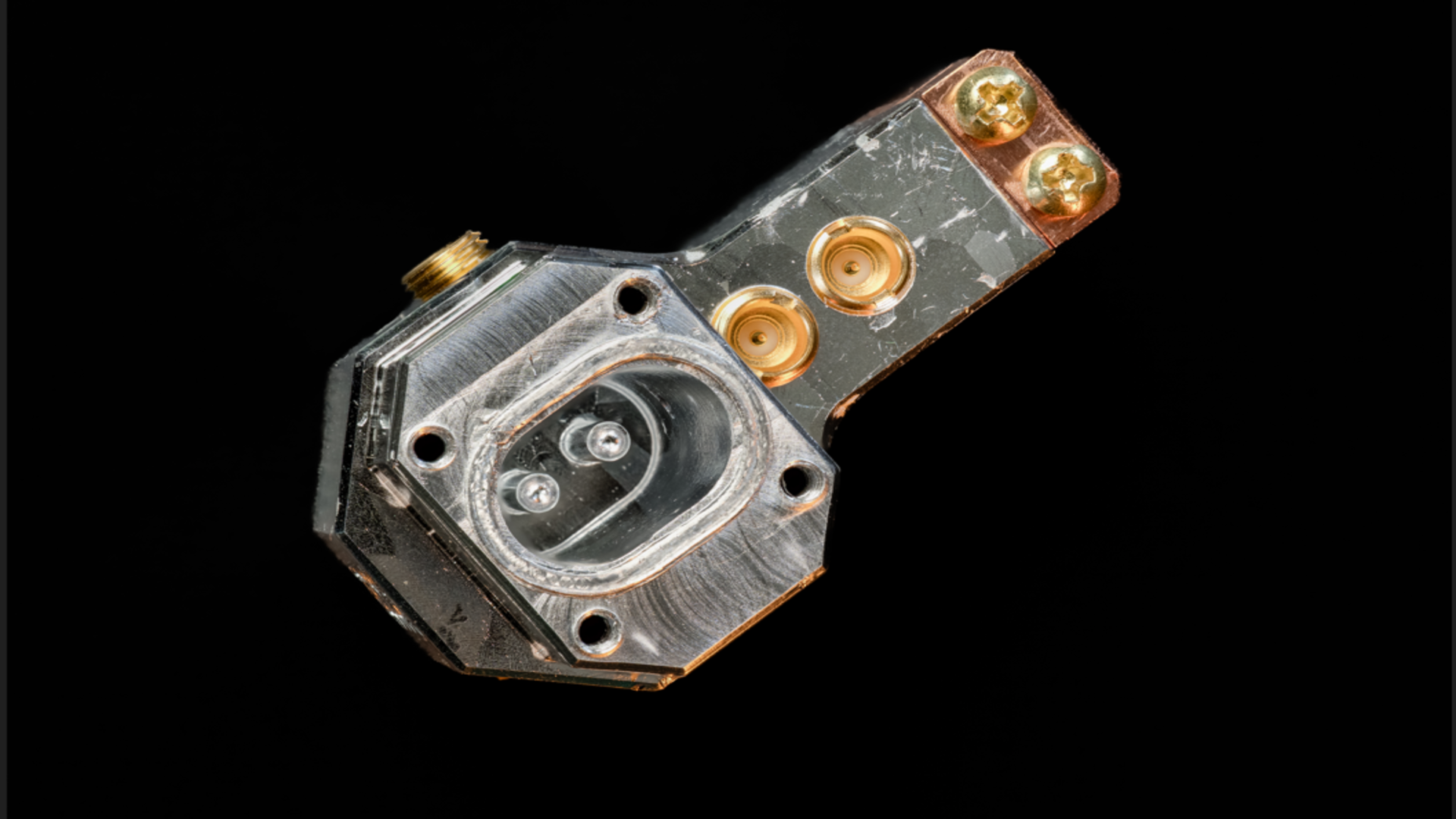
- Nord Quantique promises quantum power without the bulk or energy drain
- Traditional HPC may fall if Nord’s speed and energy claims prove real
- Cracking RSA-830 in an hour could transform cybersecurity forever
A quantum computing startup has announced plans to develop a utility-scale quantum computer with more than 1,000 logical qubits by 2031.
Nord Quantique has set an ambitious target which, if achieved, could signal a seismic shift in high-performance computing (HPC).
The company claims its machines are smaller and would offer far greater efficiency in both speed and energy consumption, thereby making traditional HPC systems obsolete.
Advancing error correction through multimode encoding
Nord Quantique uses “multimode encoding” via a technique known as the Tesseract code, and this allows each physical cavity in the system to represent more than one quantum mode, effectively increasing redundancy and resilience without adding complexity or size.
“Multimode encoding allows us to build quantum computers with excellent error correction capabilities, but without the impediment of all those physical qubits,” explained Julien Camirand Lemyre, CEO of Nord Quantique.
“Beyond their smaller and more practical size, our machines will also consume a fraction of the energy, which makes them appealing for instance to HPC centers where energy costs are top of mind.”
Nord’s machines would occupy a mere 20 square meters, making them highly suitable for data center integration.
Compared to 1,000–20,000 m² needed by competing platforms, this portability further strengthens its case.
“These smaller systems are also simpler to develop to utility-scale due to their size and lower requirements for cryogenics and control electronics,” the company added.
The implication here is significant: better error correction without scaling physical infrastructure, a central bottleneck in the quantum race.
In a technical demonstration, Nord’s system exhibited excellent stability over 32 error correction cycles with no measurable decay in quantum information.
“Their approach of encoding logical qubits in multimode Tesseract states is a very effective method of addressing error correction and I am impressed with these results,” said Yvonne Gao, Assistant Professor at the National University of Singapore.
“They are an important step forward on the industry’s journey toward utility-scale quantum computing.”
Such endorsements lend credibility, but independent validation and repeatability remain critical for long-term trust.
Nord Quantique claims its system could solve RSA-830, a representative cryptographic challenge, in just one hour using 120 kWh of energy at 1 MHz speed, slashing the energy need by 99%.
In contrast, traditional HPC systems would require approximately 280,000 kWh over nine days. Other quantum modalities, such as superconducting, photonic, cold atoms, and ion traps, fall short in either speed or efficiency.
For instance, cold atoms might consume only 20 kW, but solving the same problem would take six months.
That said, there remains a need for caution. Post-selection – used in Nord’s error correction demonstrations, required discarding 12.6% of data per round. While this helped show stability, it introduces questions about real-world consistency.
In quantum computing, the leap from laboratory breakthrough to practical deployment can be vast; thus, the claims on energy reduction and system miniaturization, though striking, need independent real-world verification.







Leave a Comment
Your email address will not be published. Required fields are marked *